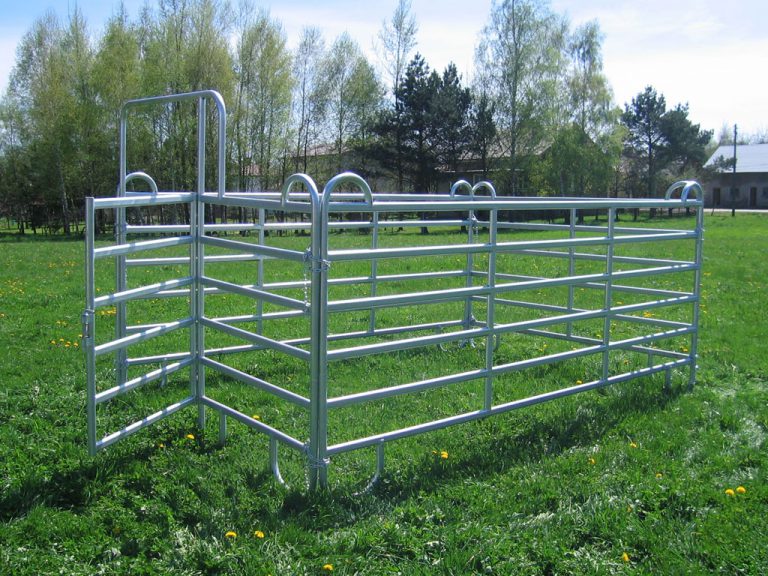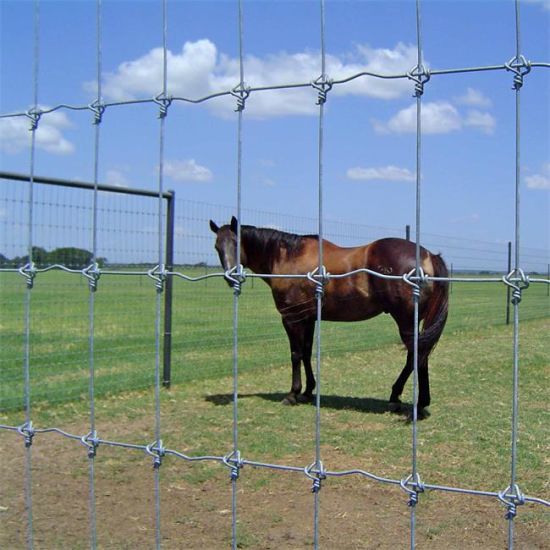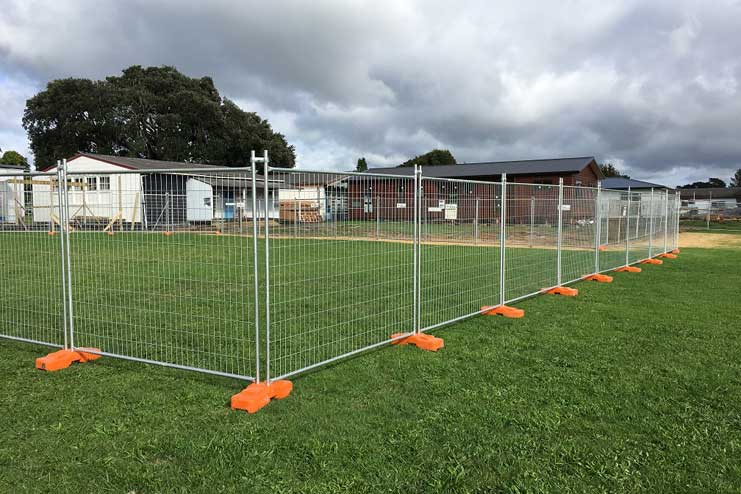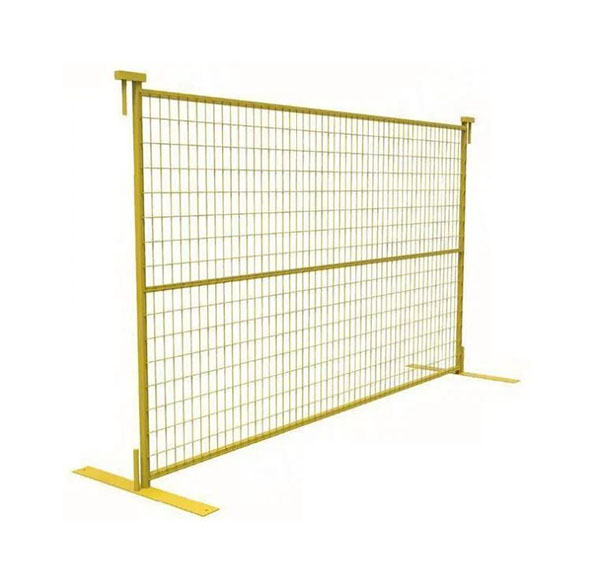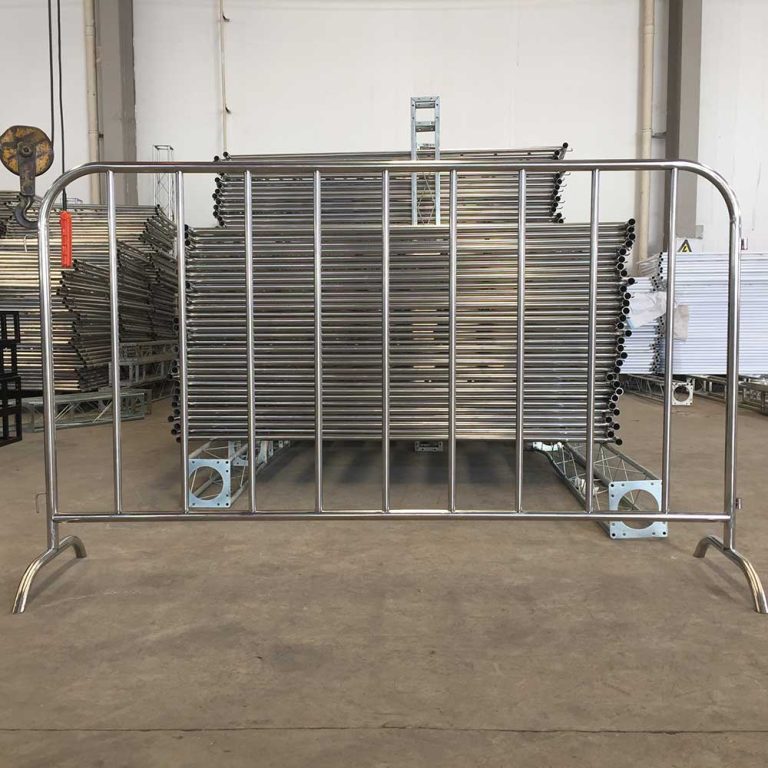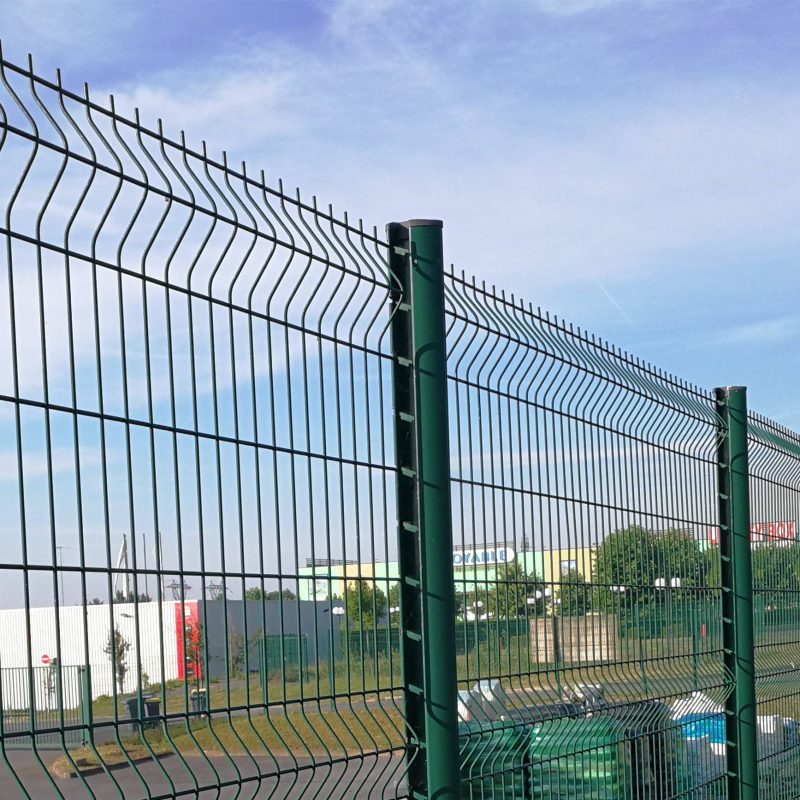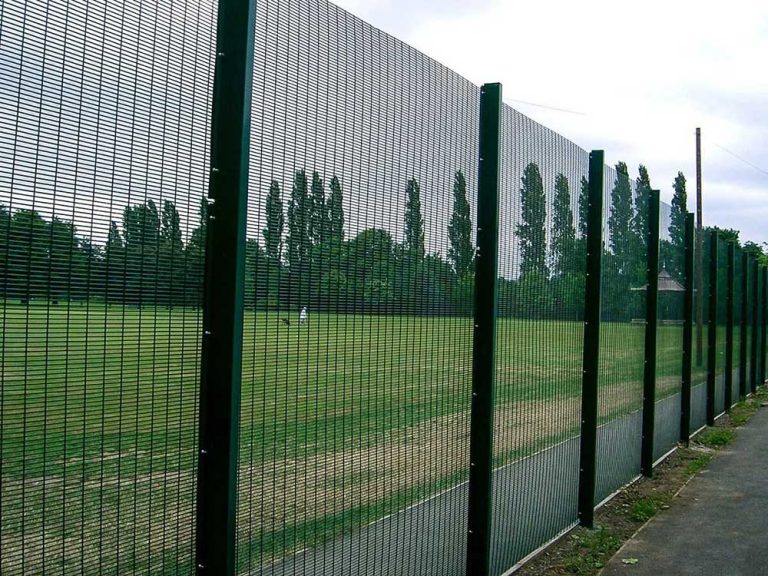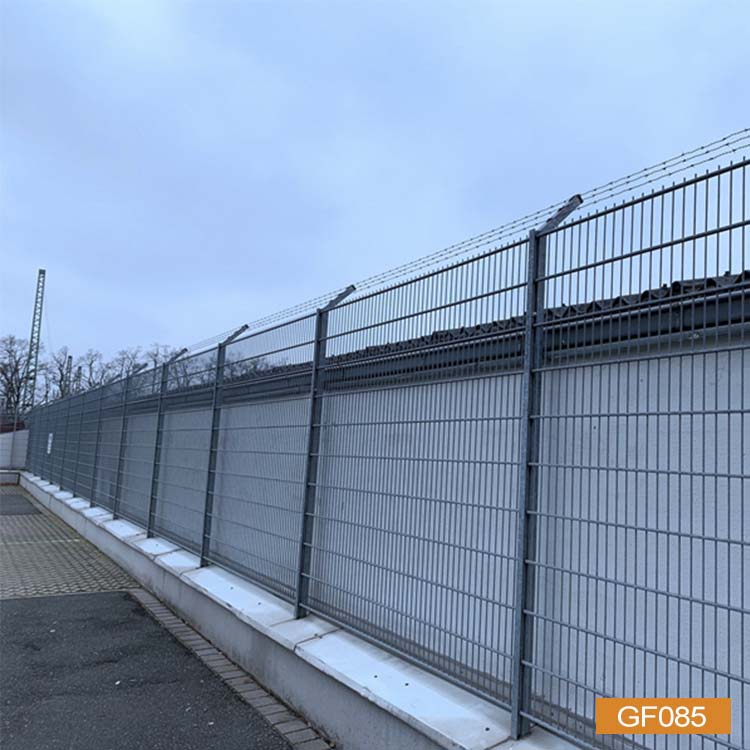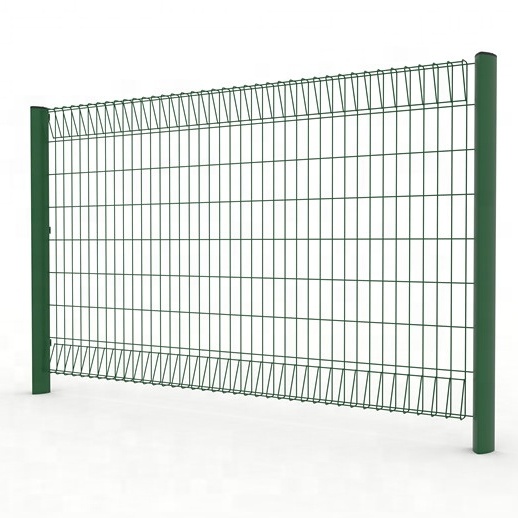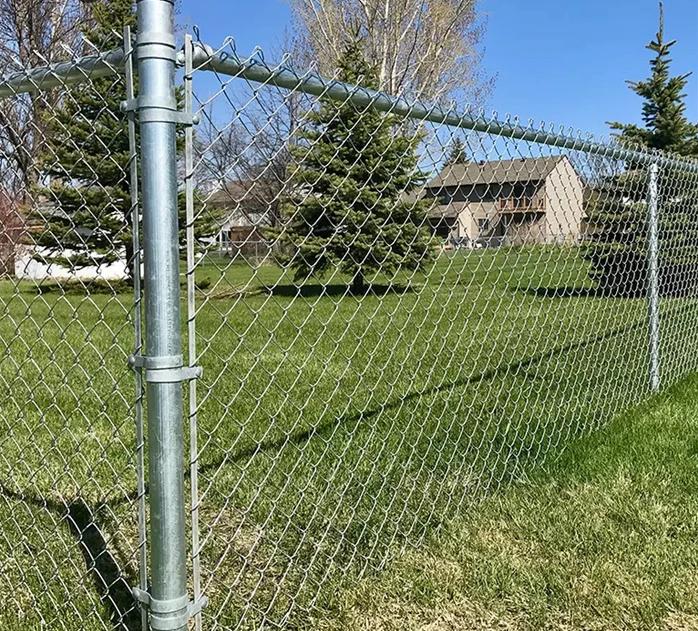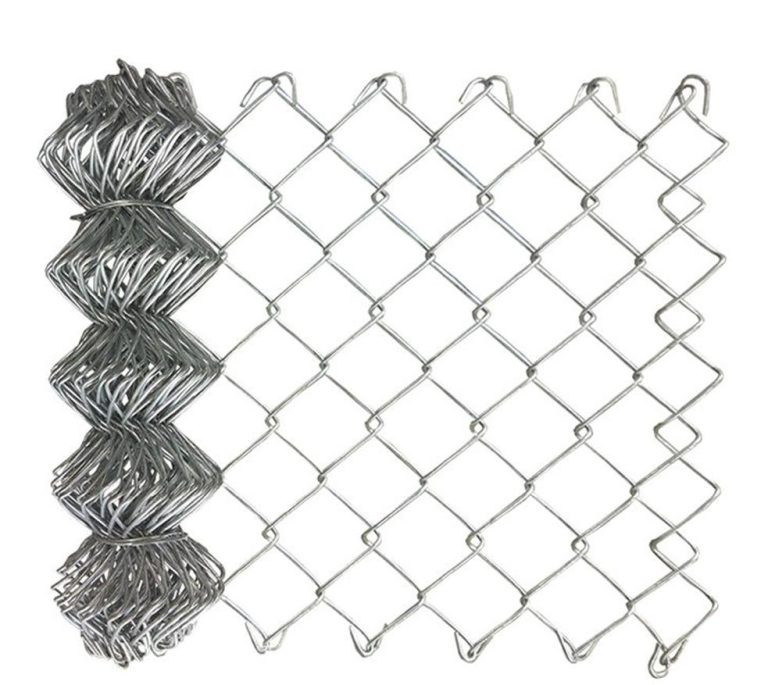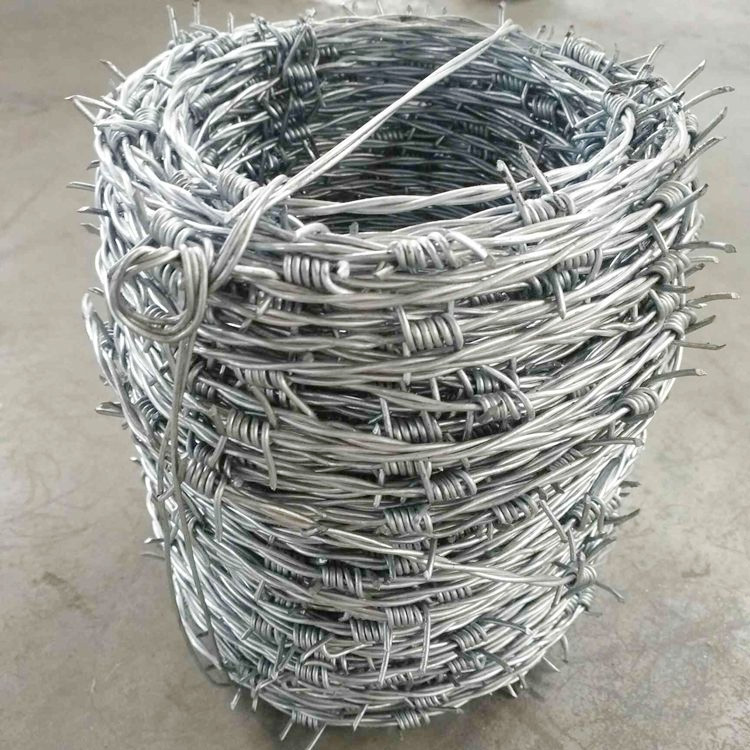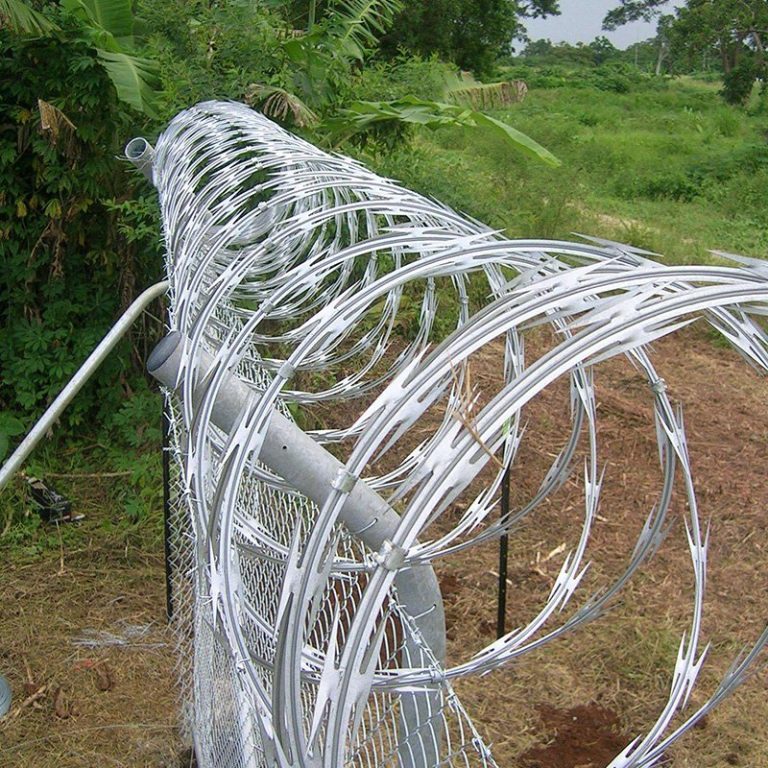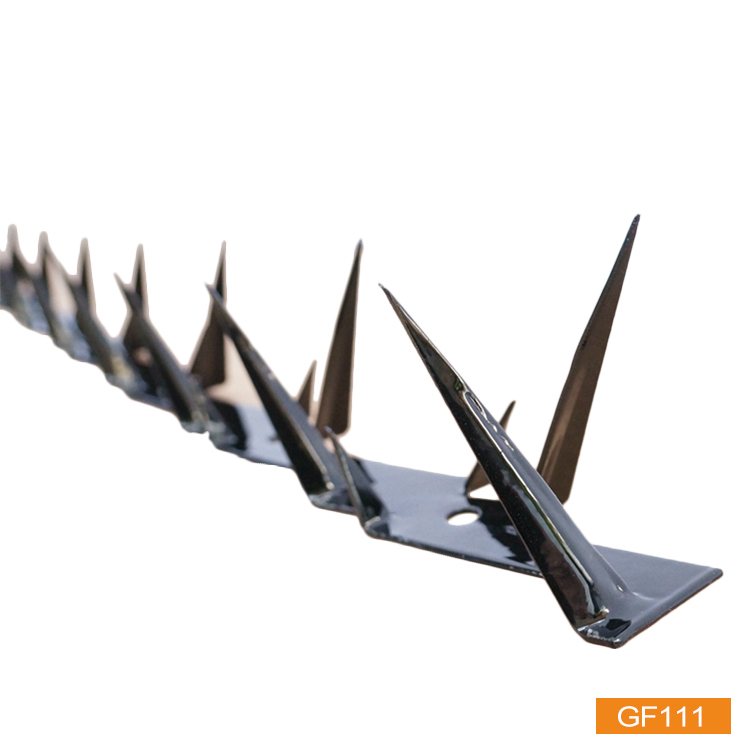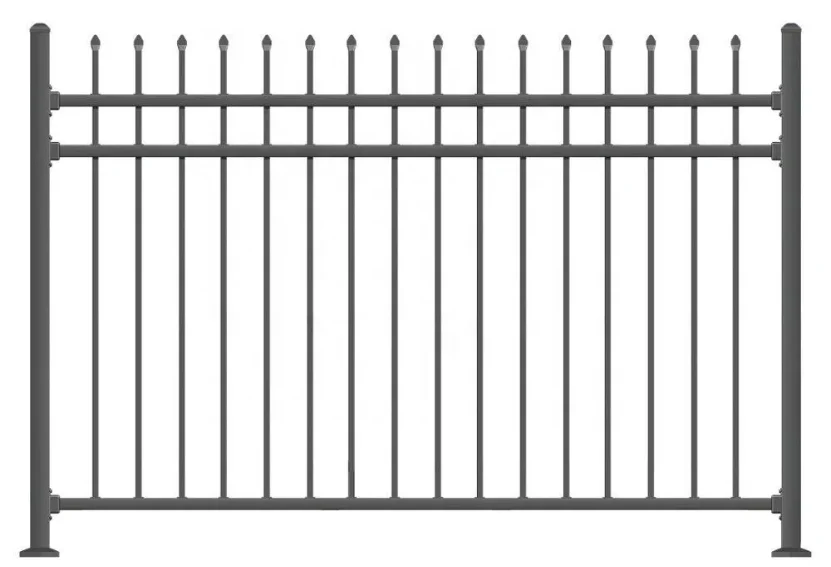Overview of Temporary Fencing
Definition and Purpose of Temporary Fencing
Temporary fencing refers to a handy and movable barrier setup crafted for short-term needs in diverse settings. It offers a practical way to protect spaces, guide access, and keep people safe during occasions, building work, or sudden emergencies. Known also as temporary guardrails, mobile fences, temporary isolation barriers, or mobile safety nets, these products shine in flexibility. They suit brief separation tasks, space division, or enclosing areas. Typically, they’re built with detachable pieces linking main fence sections to bases or poles. Such a design makes putting them up, taking them down, and shifting them around a breeze.
Common Applications of Temporary Fencing
Temporary fencing gets used widely across many fields because it adapts well and sets up fast. It plays big roles like steering crowds at gatherings such as concerts or marches, locking down security at work sites by stopping unwanted visitors, and forming shields around crash scenes or unsafe spots. Beyond that, you’ll spot it at sports grounds, open public areas, and farm plots to mark borders or guard valuables.
Types of Materials Used in Temporary Fencing
Chain Link Panels
Chain link panels stand out as a go-to pick for temporary fencing stuff. The wire mesh here comes from galvanized or PVC-coated steel, twisted into a diamond shape. This choice brings strength and staying power while letting folks see through its gaps. It’s great for locking down building sites, sports areas, or home yards.
Welded Mesh Panels
Welded mesh panels give you a firm build that fights off rust and wear nicely. They often show up where extra safety matters in temporary setups. Take Australia’s temporary fences—they mix galvanized welded wire mesh with round tubes for a smooth look and lasting use.
Plastic Fencing Options
Plastic fencing steps in as a featherweight pick for short-term jobs. Moving it and setting it up is no hassle. It holds up well enough for things like event edges or garden borders. Plus, it shrugs off weather and comes in different shades to match what looks good.
Polywire and Polytape Materials
Polywire and polytape are made special for farm jobs like keeping livestock in line. They’re light yet easy to spot and carry a charge to hold animals back. Often, they team up with fiberglass or plastic poles.
Detailed Components of Temporary Fencing
Fence Panels and Their Variants
Fence panels form the heart of any temporary fencing rig. They come in styles like chain link, welded mesh, or plastic sheets, depending on what’s needed. Canada’s temporary guardrails, for example, let you tweak sizes—think 6 ft tall and 9-10 ft wide. Their piece-by-piece design hooks together with clamps or catches easily.
Posts: Plastic, Metal, and Fiberglass Options
Posts hold up the panels like a backbone. Whether plastic, metal (say, galvanized steel), or fiberglass, they vary in toughness and bendability. Metal ones last longer and stand stronger. Fiberglass, though lighter, does the trick for stuff like charged fences.
Fence Wraps for Added Privacy and Branding
Fence wraps kick up the usefulness of temporary fencing. They hide what’s behind or splash logos for events and work sites. You can slap on custom designs or words. They also cut wind or keep dust in check.
Electrical Components in Temporary Fencing
Electric Fence Chargers: AC-Powered vs. Battery-Operated
Electric fence chargers matter a lot in temporary setups, especially for farm or animal control jobs. You get two kinds: AC-powered and battery-run. The AC type plugs into an outlet for steady, trusty power. It’s tops for big areas or lots of critters over time. Battery ones, though, move easy and fit remote spots with no plugs. Many come with batteries you can recharge, saving cash and fuss.
Voltage Requirements for Different Animals and Uses
How much zap you need changes with the animal or job. Little ones like sheep or goats take less juice than big stock like cows or horses. Fencing to shield crops might need a stronger kick to shoo wild critters. Pick a charger you can tweak to fit the task safely and well.
Importance of Low-Impedance Chargers
Low-impedance chargers win out for temporary electric fences. They keep the juice flowing even if weeds brush the lines. That cuts power waste and keeps the fence doing its job—stopping animals or folks. This setup also plays it safer by dodging heat-ups or glitches.
Advantages of Using Temporary Fencing
Flexibility in Design and Installation
Temporary fencing rigs bend to fit all sorts of needs in shape and setup. Called temporary guardrails or mobile fences, they go up quick, come down easy, and move where you want. This piece-by-piece style lets you shape them for crowd herding at shows, locking down work zones, or boxing in livestock for a bit.
Cost-Effectiveness Compared to Permanent Solutions
One big plus of temporary fencing is it’s easy on the wallet. Fixed fences eat up materials and work hours. Temporary ones, though, pop up fast with less stuff. Chain link panels from galvanized steel, for instance, last well but don’t cost a ton. You can reuse them for different gigs or happenings, saving more.
Compliance with Safety and Zoning Regulations
Temporary fencing fits safety rules and local laws across trades. Australia’s versions stick to Australian Standard AS 4687-2007 Temporary Fencing and Hoardings. That means they guard well and stay legal. Set up right, they also cut risks by showing where danger lies clearly.
Safety Considerations When Using Temporary Fencing
Proper Anchoring Techniques for Stability
Keeping temporary fencing steady takes some know-how. Good anchoring uses tough bases or poles that stand up to wind or bumps. Bases at 915 mm × 350 mm × 200 mm, say, prop panels solid. Check that every bit’s locked tight to stop tipping or sliding.
Inspection and Maintenance Best Practices
Checking and fixing temporary fencing often keeps it safe and working. Look for rust on wires, wobbly joints, or busted panels. Galvanized wire mesh fights rust good, but still needs a peek now and then. Clear off dirt around the bottom and wipe it down to make it last longer.
Frequently Asked Questions
Wat is temporary fencing made of?
It’s usually built from stuff like galvanized steel wire mesh, welded mesh panels, plastic sheets, polywire, or polytape, tied to metal or plastic poles.
Where can I use temporary fencing?
You can put it up at work sites, public bashes (concerts or parades), sports spots, farm fields for livestock, crash scenes, or big projects.
How does low-impedance technology benefit electric fences?
Low-impedance chargers hold steady even with plants touching wires. That keeps power flowing right and stays safe and strong.
Can I customize my temporary fence?
Sure can! AnPing JiaHui Wire Mesh Co., LTD tweaks them to what clients ask for.
Folks wanting top-shelf gear like Steel Fence systems or special stuff like Crowd Control Barriers should hit up AnPing JiaHui Wire Mesh Co., LTD direct!

